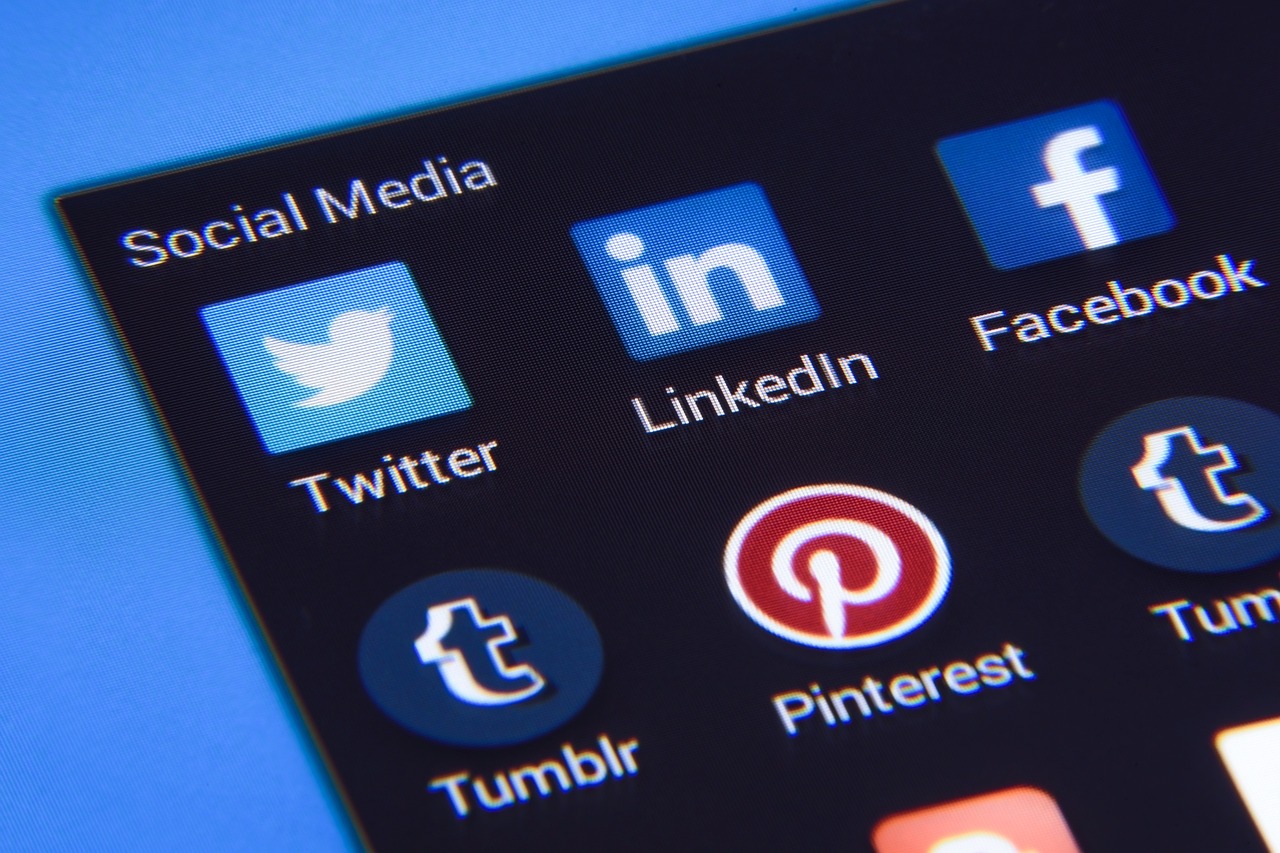LinkedIn, once considered a platform primarily for professional networking, has now become a powerful hub for businesses to establish their presence and engage with their target audience. For small businesses in the UK, utilising effective LinkedIn marketing strategies can lead to increased brand visibility, customer engagement, and business growth. In this article, we’ll delve into the top LinkedIn marketing strategies that are specifically tailored for small businesses in the UK in 2023.
Optimising Your LinkedIn Business Profile
Your LinkedIn business profile serves as your virtual storefront, making the first impression on potential customers. To ensure that impression is a positive one, it’s crucial to optimise your profile comprehensively. Start with a high-resolution logo and a visually appealing cover image that reflects your brand’s identity. Craft a compelling company description that succinctly communicates your value proposition and resonates with your target audience.
In addition to visual elements, pay attention to the written content on your profile. Use relevant keywords in your headline and summary to improve discoverability in search results. Include information about your products or services, industry expertise, and the unique benefits you offer to customers. A complete and optimised profile not only boosts your credibility but also makes it easier for potential customers to find you.
LinkedIn also offers a featured section where you can showcase media files such as articles, videos, and presentations. Take advantage of this feature to provide additional insights into your business and demonstrate your expertise. By optimising your LinkedIn business profile, you set the foundation for effective marketing on the platform.
Crafting Compelling Content
Content is at the heart of any successful marketing strategy. On LinkedIn, creating and sharing valuable content can help you establish thought leadership and build a loyal following. When crafting content, focus on providing insights, solutions, and relevant information that your target audience finds valuable. This could include industry trends, how-to guides, case studies, and success stories.
Diversify your content formats to keep your audience engaged. Written articles can delve into in-depth topics, while short posts can share quick tips and updates. Visual content such as infographics and videos can also grab attention and make your content more shareable. The key is to maintain consistency in your posting schedule and maintain a balance between promotional and educational content.
Incorporate storytelling into your content to make it relatable and memorable. Share anecdotes from your business journey, customer testimonials, or even challenges you’ve overcome. This humanises your brand and helps your audience connect with your business on a personal level.
Leveraging LinkedIn Ads
LinkedIn’s advertising platform provides a powerful way to reach your target audience with precision. For small businesses, LinkedIn ads can be particularly effective in generating leads and driving conversions. The platform offers various ad formats, including sponsored content, sponsored InMail, and display ads.
Before creating your ads, define your campaign objectives and target audience. You can narrow down your audience based on factors such as job title, industry, company size, and location. This ensures that your ads are shown to the people most likely to be interested in your offerings.
When designing your ads, focus on compelling visuals and concise copy that clearly conveys your message. A strong call-to-action (CTA) is essential to guide users on what to do next. Whether it’s visiting your website, signing up for a webinar, or downloading a resource, the CTA should align with your campaign goal.
Regularly monitor the performance of your LinkedIn ads using the platform’s analytics. This allows you to identify which ads are performing well and which ones need optimisation. Adjust your targeting, ad creative, and messaging based on the data to continually improve your ad campaigns and achieve better results.
Engaging with Your Audience
LinkedIn is a platform built on connections and interactions. Engaging with your audience is a vital aspect of your LinkedIn marketing strategy. Respond promptly to comments on your posts, thank people for sharing your content, and actively participate in relevant discussions. This engagement not only boosts your visibility but also fosters relationships with potential customers and industry peers.
In addition to responding to comments, consider initiating conversations by asking questions or seeking opinions on industry trends. This encourages engagement and makes your audience feel valued. When people feel heard and acknowledged, they are more likely to develop a positive perception of your brand.
Another effective way to engage your audience is by creating polls and surveys. This not only encourages interaction but also provides you with valuable insights into your audience’s preferences and opinions. You can use this information to tailor your marketing efforts and deliver content that resonates with your target audience.
Engagement goes beyond just the content you share. Actively seek out and connect with individuals who are relevant to your industry or target audience. Personalised connection requests that mention common interests or connections can increase the likelihood of your requests being accepted.
Utilising LinkedIn Stories
LinkedIn Stories offer a dynamic and engaging way to share content with your audience. Similar to other social media platforms, Stories are temporary and create a sense of urgency for viewers to engage. As a small business, leveraging this feature can provide a behind-the-scenes look into your company culture, product development, events, and more.
When using LinkedIn Stories, focus on authenticity and transparency. Share real moments and insights that give viewers an authentic glimpse into your business. This humanises your brand and fosters a stronger connection with your audience.
To make the most of Stories, use a combination of images and short videos. You can showcase new products, provide quick tips, share updates from industry events, or even introduce your team members. Incorporate interactive elements like polls and questions to encourage viewer participation.
Stories also enable you to experiment with more casual and informal content, which can resonate well with your audience. However, ensure that the content aligns with your brand’s values and messaging to maintain consistency.
In conclusion, LinkedIn Stories offer a unique opportunity to showcase the human side of your business and connect with your audience on a personal level. By utilising this feature effectively, you can enhance your overall LinkedIn marketing strategy and drive engagement.
Showcasing Client Success Stories
Customer testimonials and success stories are potent tools for building trust and credibility. When potential customers see real-world examples of how your products or services have positively impacted others, they are more likely to consider your offerings. Consider creating dedicated posts or even short videos featuring your satisfied clients sharing their experiences.
To maximise the impact of client success stories, focus on highlighting specific results and outcomes. Whether it’s increased sales, improved efficiency, or transformed processes, quantifiable results resonate strongly with potential customers. Use a storytelling approach to weave narratives around these successes, making them relatable and inspiring.
Participating in LinkedIn Groups
LinkedIn groups provide a valuable opportunity to connect with individuals who share common interests or are part of your target audience. Joining and participating in relevant groups can expand your reach, establish your expertise, and foster meaningful connections. Look for groups that align with your industry, niche, or the challenges your products or services solve.
When engaging in groups, avoid overtly promotional content. Instead, focus on providing value through insightful comments, sharing useful resources, and participating in discussions. This approach positions you as a knowledgeable and helpful contributor, which can pique the interest of group members and lead them to explore your profile and offerings.
Consider creating your own LinkedIn group if you identify a gap in the market or industry-specific topics that aren’t being addressed adequately. A well-moderated group can become a thriving community, elevating your brand’s visibility and authority.
Utilising LinkedIn Live and Webinars
Live video has become a favoured content format across social media platforms, and LinkedIn is no exception. LinkedIn Live allows you to connect with your audience in real-time, providing a more interactive and personal experience. You can use this feature to host Q&A sessions, product demonstrations, interviews, and discussions on industry trends.
Webinars are another powerful tool for demonstrating your expertise and providing value to your audience. Plan and promote webinars on topics that resonate with your target audience. Topics can range from educational insights related to your industry to practical workshops that address common challenges.
Promote your webinars and live sessions well in advance to build anticipation. During the sessions, encourage audience participation by responding to comments and questions in real-time. Afterward, you can repurpose the recorded content as on-demand resources, further extending their value.
Analysing and Iterating for Success
As you implement various LinkedIn marketing strategies, it’s essential to track their performance and gather insights. LinkedIn’s analytics tools provide valuable data on post engagement, follower growth, and audience demographics. Use these insights to identify trends, understand what content resonates most, and refine your approach accordingly.
Regularly review the metrics to identify your top-performing posts, content formats, and engagement strategies. For instance, if you find that posts with visual content receive higher engagement, prioritise creating more visual content. Likewise, if certain topics generate more interest, consider exploring related subjects in future posts.
Keep in mind that LinkedIn’s algorithms and user behaviour can change over time. Stay updated with platform updates and industry trends to ensure that your strategies remain effective. Continuously iterate and adapt your approach to stay ahead in the dynamic world of LinkedIn marketing.
Conclusion
In this article, we’ve explored a comprehensive range of LinkedIn marketing strategies specifically tailored for small businesses in the UK. From optimising your LinkedIn profile and crafting compelling content to utilising LinkedIn ads, engaging with your audience, and leveraging LinkedIn Stories, these strategies empower you to connect, engage, and grow your business on the platform.
By showcasing client success stories, participating in LinkedIn groups, and using LinkedIn Live and webinars, you can further enhance your marketing efforts and solidify your brand’s position as an industry authority. Additionally, analysing your performance and iteratively refining your strategies based on insights ensures a continuous cycle of improvement and success.
Remember, a successful LinkedIn marketing strategy requires consistency, authenticity, and a commitment to providing value to your audience. As you implement these strategies and adapt them to your unique business needs, you’ll find that LinkedIn can be a powerful tool for building relationships, generating leads, and driving business growth in the UK market of 2023.




